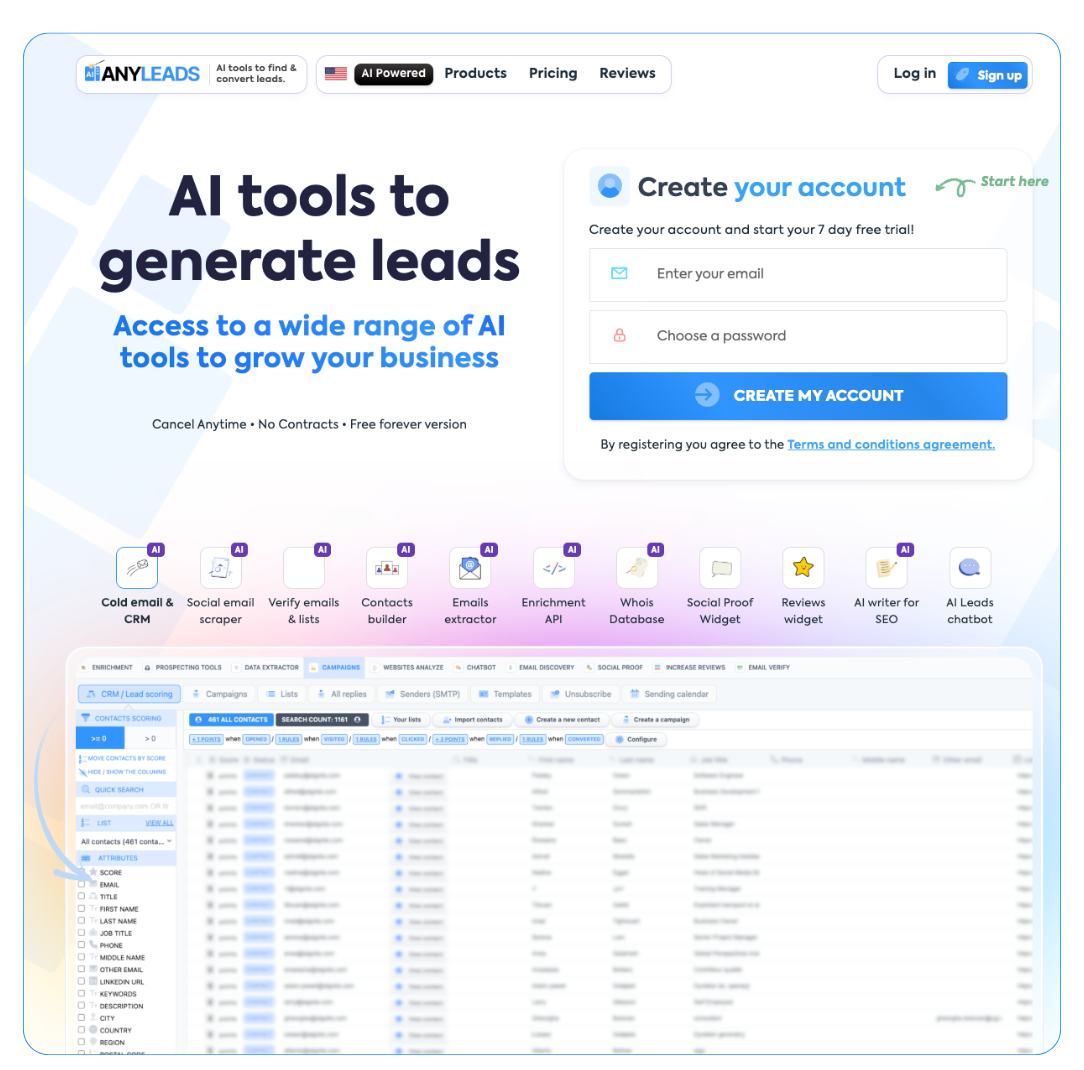 LIMITED SPOTS
All plans are 30% OFF for the first month! with the code WELCOME303
LIMITED SPOTS
All plans are 30% OFF for the first month! with the code WELCOME303

 LIMITED SPOTS
All plans are 30% OFF for the first month! with the code WELCOME303
LIMITED SPOTS
All plans are 30% OFF for the first month! with the code WELCOME303


While traditional sales and marketing functions focus heavily on internal goals and short-term results, lasting success depends on understanding what’s happening outside the company walls. Thus, this article explores how revenue teams benefit by shifting from internal metrics to broader, market-aware thinking.
Many revenue teams still operate using outdated models that prioritize internal alignment over external awareness. While this approach may have worked in more stable markets, it often limits the ability to adapt, innovate, and respond to real-world shifts due to the following:
Without a clear understanding of how competitors position themselves, what they offer, and how they engage buyers, sales and marketing efforts become disconnected from what customers are comparing.
This gap leads to messaging that feels generic or irrelevant, and teams may unknowingly promote features that others have already surpassed. Some sectors address this issue directly through training that emphasizes external awareness. For instance, in retail trading and investing, Tom Luong’s Stock Navigators program trains participants to read market movements, monitor competitor behavior, and respond with informed decisions.
In many organizations, sales and marketing teams pursue their goals in isolation. Marketing often acquires leads through campaigns, but sales focuses on pipeline conversion without understanding which efforts acquired those leads. This disconnect leads to misaligned messaging, dropped handoffs, and inconsistent customer experiences.
Revenue teams often collect customer data without using it to guide their strategies. Feedback from sales calls, churn reports, or customer service tickets may remain buried in silos, never influencing broader messaging or positioning. Without a market mindset, these insights are afterthoughts rather than signals that should shape outreach, product conversations, or value propositions.
Quotas, conversion rates, and activity counts offer valuable data, but they can create tunnel vision when disconnected from real market conditions. This inward focus often pushes teams to optimize for what can be measured rather than what matters to buyers.
As a result, teams repeat the same outreach tactics, deliver value propositions that lack specificity, and make decisions without considering how customer needs are changing. Teams may hit their numbers in the short term but fail to build meaningful momentum.
Bringing a market mindset into revenue teams shifts the focus from isolated performance metrics to strategic, customer-aligned outcomes in the following ways:
Customer-centric selling starts with understanding the buyer’s world, not just pitching a solution. Revenue teams that adopt a market mindset focus on the challenges, pressures, and goals their customers face within their specific industries or segments. This insight shapes every stage of the sales process, from outreach to negotiation, by making it more targeted and relevant.
Rather than leading with product features, teams position their offerings as timely solutions to real problems. They speak the customer’s language, tie benefits to specific pain points, and adjust their approach based on the buyer’s stage in the decision cycle. It builds trust and credibility early, which shortens sales cycles and improves close rates.
When teams stay attuned to shifts in customer behavior, competitor activity, and economic trends, they can make timely decisions that keep them relevant and competitive. This agility transforms how sales and marketing allocate resources, shape messaging, and pursue opportunities.
Instead of sticking to fixed campaigns or static playbooks, market-aware teams update their strategies based on current signals. If a competitor changes pricing or a new customer trend emerges, they quickly refine their approach to stay aligned with market demand.
This responsiveness should also extend to sales enablement content. As market trends shift, teams need to refresh talk tracks, update sales decks, and adjust training to reflect current buyer priorities and competitive realities. When enablement materials reflect the actual environment reps are selling into, sales conversations become sharper, more relevant, and more persuasive.
A market mindset reorients the team toward lasting impact by aligning actions with brand integrity, customer trust, and sustained relevance. Rather than chasing every lead or discounting to close quick deals, the focus shifts to building meaningful relationships that support future growth.
When teams prioritize long-term positioning, they deliver consistent messaging, honor customer needs, and avoid tactics that damage credibility. This steadiness helps establish a recognizable, respected presence in the market. Over time, it leads to higher-quality deals, lower churn, and stronger customer advocacy.
When all teams ground their efforts in real customer needs and external realities, they create a seamless experience that builds trust and reinforces brand value. Buyers encounter one clear message, regardless of where they are in the journey.
This consistency makes it easier for prospects to understand the offer, stay engaged, and move forward with confidence. It also prevents confusion that often arises when each team operates from its internal script.
This alignment becomes even stronger when it includes teams beyond sales and marketing. Product teams benefit by building features that reflect market demands. Customer success can reinforce the same value story during onboarding and support. Even operations teams can improve delivery by anticipating what customers value.
Revenue forecasting often focuses on internal data, such as deal stages or historical performance. A market mindset expands this view by including influences like competitor moves, regulatory changes, and shifting buyer priorities. This broader context leads to more accurate and realistic projections.
When teams understand the forces shaping customer behavior, they can better anticipate demand, prepare for slowdowns, and take advantage of favorable trends. It improves planning and reduces surprises.
When leaders actively support market awareness, it becomes part of how revenue teams think and operate. For instance, leaders influence hiring by seeking people who show curiosity and think beyond the company. In coaching, they evaluate performance based on both results and the team’s understanding of the market.
Leaders also set the tone through what they reward. When they celebrate insights about buyer behavior, competitor moves, or shifting demand signals, they encourage a culture of awareness. Clear communication from the top reinforces that success is not just about internal metrics—it’s about making decisions that reflect the outside world.


When teams understand their customers and market dynamics, they make smarter decisions. This perspective strengthens collaboration across departments and leads to more consistent outcomes. It also helps businesses build lasting value instead of chasing short-term wins. To stay competitive, revenue leaders must encourage curiosity, awareness, and responsiveness.